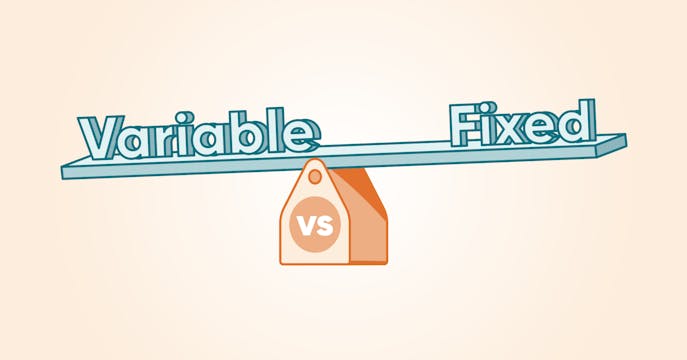Canadian banks are boring, on purpose. Beauty, eh?
The Canadian banking system is considered one of the most secure in the world, due in large part to the robust oversight through a single government authority and regulator, OSFI (Office of the Superintendent of Financial Institutions).
Our 'too big to fail' banking system is as Canadian as poutine (along with "that's a beauty, eh?" a phrase coined over 30 years ago by SCTV's Bob & Doug McKenzie’s Great White North, as a Canadian expression to say something's great). And it delivers a dramatically reduced ability to serve up significant financial drama and economic impact, nationally or on the world stage.
The U.S. banking sector, on the other hand, boasting thousands of medium to large banks, is overseen through a fragmented regulatory system of multiple federal agencies and state regulators and has demonstrated a higher risk of fallibility (aka financial drama) over the years.
Allowing more American banks into the Canadian market simply to satisfy another country's demands would likely require substantial regulatory concessions and may introduce potential stability risks into our currently well-managed banking sector.
It's a mortgage, not maple syrup. But you do have some local choices.
As you can see from the chart above, the big Canadian banks can have a mix of international shareholders and typically do some business in other countries, like the U.S.
A 100% local Canadian mortgage choice would mean choosing a credit union, trust, or MFC — all considered 'non-bank lenders' but are still stringently provincially or federally regulated (MFCs are regulated by OSFI).
Ultimately, all Canadian banks are Canadian at heart, so it's a matter of choice and where you feel more comfortable (and patriotic) placing your mortgage money.
At True North Mortgage, we broker for all kinds of Canadian lenders, big, small and non-bank. We're here to help you get your best rate and mortgage fit, which we consider our patriotic duty.
Contact our highly trained, unbiased brokers today (in your preferred language) for great advice and a simple, free process. You can apply or contact us from anywhere you are in Canada.





